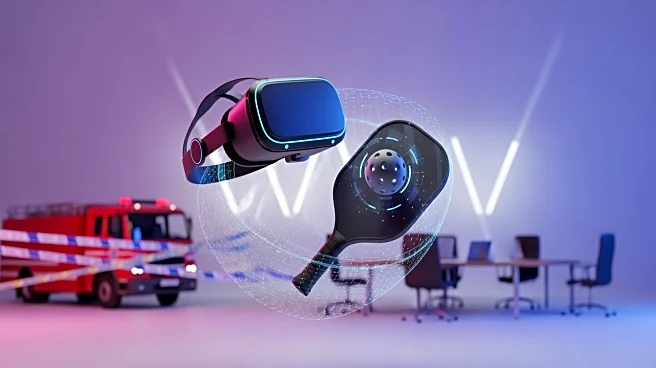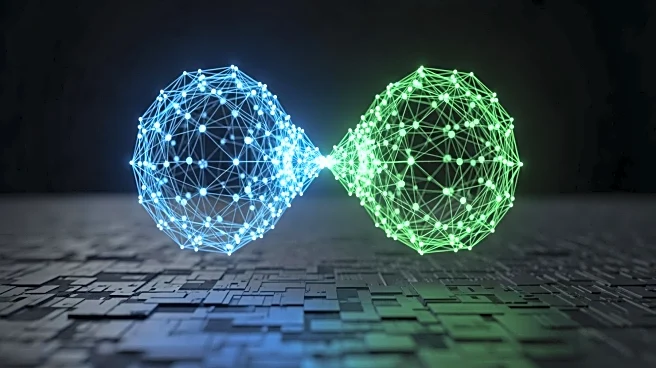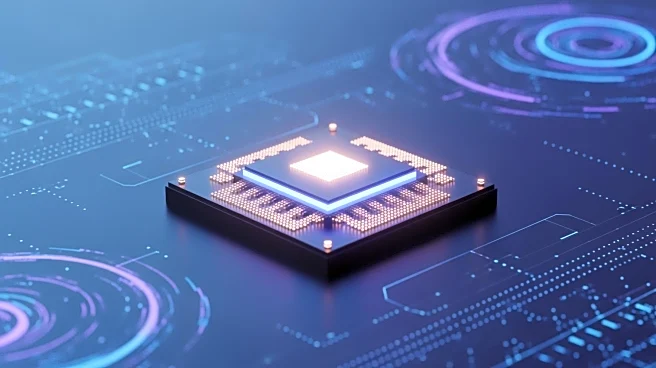What's Happening?
The National Institute of Information and Communications Technology (NICT) has successfully demonstrated entanglement swapping using sum-frequency generation (SFG) between single photons, marking a significant advancement in quantum communication protocols.
This achievement was made possible by NICT's cutting-edge technologies, including high-speed-clocked entangled photon-pair sources and low-noise superconducting nanowire single-photon detectors. The experiment observed SFG between single photons with an unprecedented signal-to-noise ratio, paving the way for miniaturized and efficient photonic quantum information processing circuits and long-distance device-independent quantum key distribution.
Why It's Important?
This breakthrough in entanglement swapping via SFG represents a major step forward in the field of quantum communication, potentially revolutionizing how information is securely transmitted over long distances. The ability to perform high-fidelity entanglement swapping without destroying the resulting entangled photon pair offers significant advantages for loophole-free Bell tests and quantum key distribution. This could lead to more secure communication systems, impacting industries reliant on data security and privacy, such as finance and defense.
What's Next?
The research team aims to further improve the signal-to-noise ratio and enhance nonlinear optical efficiency, which could lead to the miniaturization and efficiency improvement of photonic quantum information processing circuits. These advancements may facilitate the development of next-generation nonlinear optical devices, expanding the applications of quantum communication protocols. Continued research and development in this area could result in more robust and scalable quantum communication systems.













